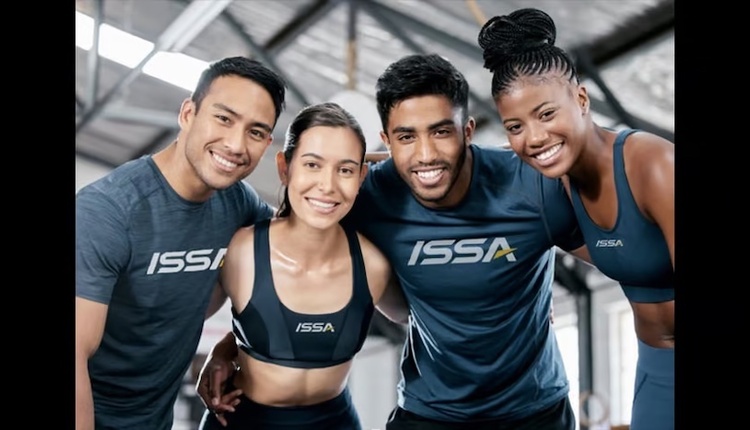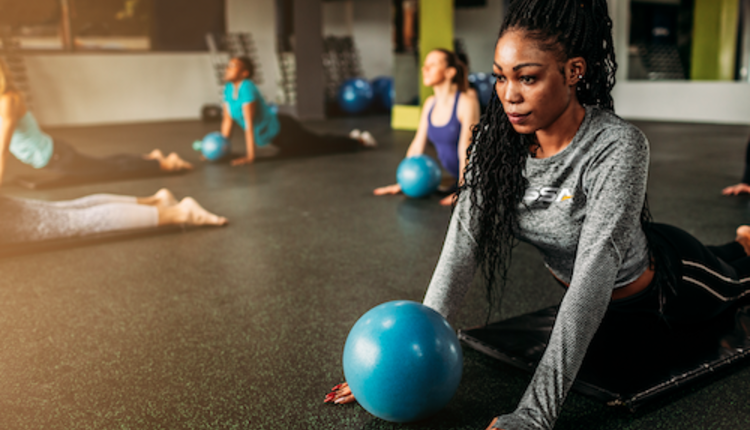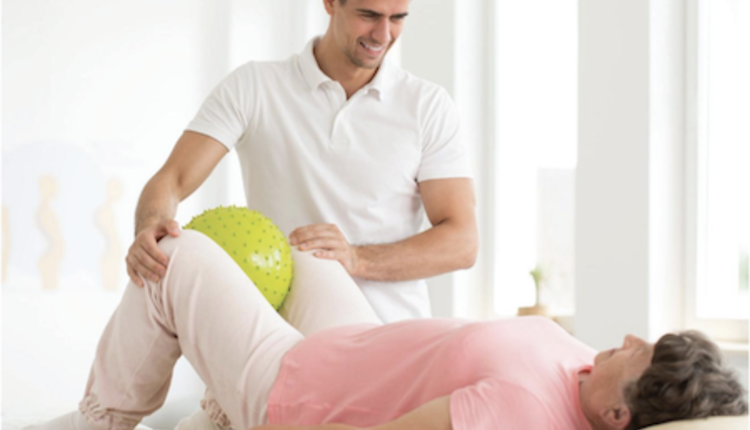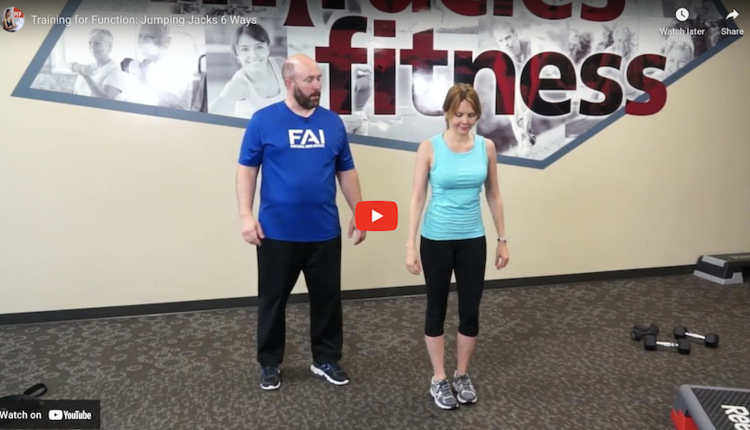Our physical therapy clinic Alpine Physical Therapy is housed in a health and fitness center in western
As an avid skier myself, I felt it would be important to educate and instruct the skiers in the area on proper core stabilization (recruitment of the transverse abdominus), the importance of stability of pelvis/neutral spine with dynamic activities whether training in the gym or skiing in deep powder and on key muscles in skiers that tend to get tight, improperly used or overused due to other muscle imbalances.
So, along with Certified PSIA Ski Instructor and clinician Dudley Improta, we began Skilates a ski-conditioning and injury prevention class using Pilates-based ski/snowboard specific exercises and apparatus. Both the exercises and instruction within the class focus on principles of ski and snowboarding form, technique and demands as well as providing important muscle coordination and strengthening to prevent compensations and injuries.
Skiers and Knee Injuries
Skiers run the risk of many different injuries, particularly in the knees. Ive seen a lot of tears of the anteriorcruciate ligament (ACL), medial collateral ligament (MCL) and the meniscus. Pilates helps skiers really focus on a dynamic and full range of motion and hamstring strengthening, which can help balance overused quads as well as serve as backup for the ACL. Exercises that emphasize the adductors can help a skiers recovery from catching an edge or keeping the skis under the center of the body, thus reducing the stress on passive structures such as the MCL.
In addition, closed-chain exercises (where the foot is in contact with bar/strap/board/floor) can help simulate proper muscle recruitment and timing, as well as provide functional applicable movements for skiing. Using specific exercises to focus on VMO (vastus medialis oblique of the quadriceps) and gluteus medius are important for proper patella (knee cap) tracking and stability of the knee and hip joints.
Skiers and Lower Back Injuries
Another area I see injured or overused a lot in skiing is the lower back. Injuries here often result from poor core stabilization or fatigue. Often the hip or lower extremity moves, and then the pelvis and lumbar spine follow. This increases the stress on the spine and can cause unnecessary muscle imbalances, compensations and, ultimately, injuries. Rapid motion of the trunk requires increased energy, as efficiency of movement is lost and speed of fatigue is gained. In the Skilates class, we help individuals gain control of trunk stability to maximize their extremity mobility and efficiency by teaching them proper abdominal recruitment.
Case Study
The following case study illustrates how Pilates can help skiers recover from an injury.
Mary is a 49-year-old female whose ski edge hit the medial side of her knee, resulting, initially, in a sore inside knee. However, two to three days later, she noticed increased pain on the lateral aspect of the knee. Mary reported limping for three to five days then felt it was improving, until she attempted to run and had sharp pain in the lateral joint line.
Upon physical therapy evaluation, she presented with poor patella tracking (knee cap glided to outside), excessive tightness of the iliotibial band and weak and poor recruitment of VMO and gluteusmedius on the involved side. In conjunction with some manual techniques to address soft tissue and joint mobility, Mary was instructed on the Reformer and given stability exercises on the Pilates Chair in order to re-educate appropriate timing of gluteal and quadriceps. These exercises included basic footwork with specific cues for proper muscle synergy, side-lying single-leg foot work, single-leg crossover hip work, forward lunge on chair and skater series. We also used a foam roller for stretching the IT band.
Once initial irritation and inflammation was addressed, Mary was able to key in on specific muscle recruitment patterns for regaining appropriate timing and strength to the knee joint. As she built up this strength and regained proper muscle balance, she was able to gradually return to higher-level activities, such as running and skiing, applying the new strength and balance for decreased pressure and irritation to the knee joint.
Samantha Schoeneman, MPT, CPI is a Partner of Alpine Physical Therapy (www.AlpinePTmissoula.com) and the owner of Clinical Pilates Approach in
Balanced Body is the world's largest manufacturer of Pilates equipment. The company was the first to substantially update Joseph Pilates' equipment with state-of-the-art engineering, materials and technology. Ken Endelman, the company's founder and owner, has designed hundreds of improvements to Pilates' original equipment, many of which have since become industry standards. Balanced Body has been awarded 17











